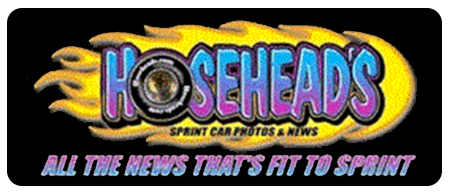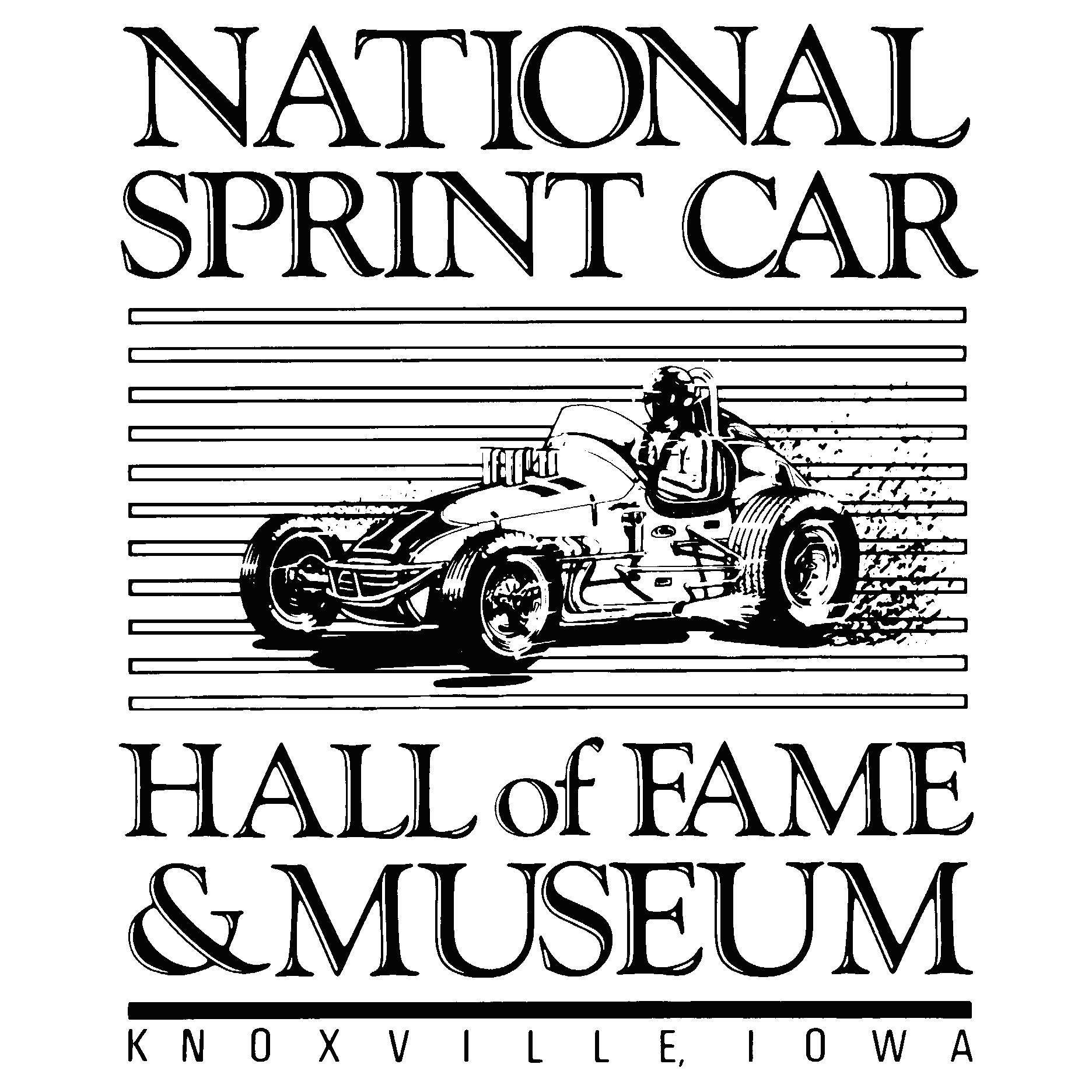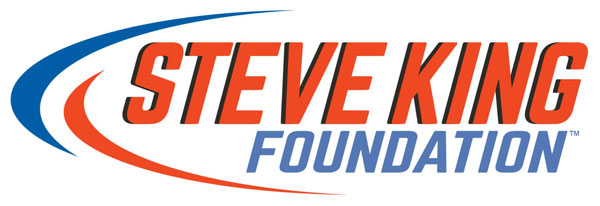Remembering Tim Richmond; a monster talent gone too soon
Photo by NASCAR Archives
Kevin Harvick's tribute to Dale Earnhardt during his celebration at Atlanta Motor Speedway was not lost on the legions of fans who adored the seven-time champion or those of us who were present for Harvick’s first win at the track three weeks following the Intimidator’s death in the 2001 Daytona 500.
Over the last two decades, I have always contended that Earnhardt would have gone on to win his eighth championship that year. The No. 3 Richard Childress Racing team finished second to Bobby Labonte in 2000, but Earnhardt had a renewed sense of purpose leading up to the 2001 season. His drive to career win No. 76 at Talladega Superspeedway in 2000 was nothing short of spectacular. And with a brand new TV contract buoyed by FOX and NBC, who better to sit at the pinnacle of the sport than Earnhardt?
But also filed away under NASCAR's ‘What if?’ category is the late Tim Richmond. Like Earnhardt, Richmond, who would have turned 65 on Sunday, was taken too early.
Richmond was born in Ashland, Ohio, in 1955. Unlike most present-day drivers, who run go-karts often before learning to ride a bike, competitive racing wasn’t something Richmond attempted until he was 21. He first tried his hand at open-wheel racing and honed his skills in sprint cars. He ran a limited schedule in CART and Champ Car and won rookie honors in the 1980 Indianapolis 500.
Dr. Joe Mattioli, founder of Pocono Raceway, is credited with directing Richmond’s racing path from Indy cars to stock cars later that year in an effort to promote their race. An introduction to DK Ulrich provided Richmond with a foundation to start his NASCAR career. While the first two seasons were sketchy, Richmond found better consistency with J.D. Stacy and eventually Raymond Beadle.
But it wasn’t until he aligned himself with Rick Hendrick in 1986 that Richmond truly blossomed.
“He had so much charisma and personality that it was impossible not to like him,” Hendrick said. “Our relationship was certainly part of it—he was someone I enjoyed being around and wanted to work with.
“As a driver, Tim had incredible car control and raw speed, and you could see him getting better and better early in his career, a lot like Jeff (Gordon). He was figuring it out. I felt if we could put him in the right situation, he could win a lot of races and compete for championships. Tim and Harry (Hyde) turned out to be a special combination.”
Richmond went on to win a career-high seven races that year—the most of any driver on the Cup tour. Although Earnhardt won the championship, his battles with Richmond were epic. Earnhardt finished second to Richmond at Pocono Raceway, Richmond Raceway and the season finale at Riverside that year.
Richmond finished third in the 1986 standings and was well on his way to being NASCAR’s next star—until he took ill following the Champion’s banquet in New York. After an extended illness, which was reported as double pneumonia, Richmond missed the 1987 Daytona 500 and the next 11 races. He returned in June at Pocono and won for the fourth time at the Tricky Triangle. The following week, Richmond went to Victory Lane again at Riverside—his 13th and final Cup win.
As the effects from AIDS were taking their toll, Richmond struggled to keep up with the physical demands of racing. After running the final race of his Cup career at Michigan, Richmond failed to qualify for the Southern 500 at Darlington. He resigned from Hendrick Motorsports later that year. In February 1988, Richmond supposedly failed a NASCAR test for banned substances, a result Richmond claimed was false.
He died two years later at the age of 34.
Still, Richmond’s legend lives on. In last year’s Southern 500, Alex Bowman ran a Richmond tribute paint scheme with the candy-apple red and gold Folger’s colors on his No. 88 Chevrolet. He even donned aviators and a moustache to get in the mood.
Bowman admired the late driver’s talent and flamboyance long before he became a Hendrick Motorsports driver. Despite his nickname “Bowman the Showman”, the Tucson native admits he’s nothing like Richmond.
“I’d say he’s probably the polar opposite of me in a lot of ways, but it’s been interesting to learn more about him and see all the cool stuff he drove,” Bowman said.
His boss, Mr. H, had a front-row seat for the experience. Although Hendrick has enjoyed his share of bigger-than-life athletes, such as Darrell Waltrip, Jeff Gordon and Dale Earnhardt Jr., Richmond was in a league of his own.
“All those guys you mentioned are very different personality-wise, but what they shared was supreme confidence in their ability,” Hendrick said. “Tim knew he could beat the other drivers even if they had a better car. All you had to do was get him even, or close to even, and Tim would do the rest. He had a mental edge.
“The great ones all have a certain level of sureness and poise that sets them apart. They thrive on pressure instead of letting it beat them. Tim was that kind of rare competitor.”
When Hendrick recruited Richmond to pilot Papa Joe’s No. 25 Chevrolet, the organization was in its third season. Sure, Hendrick found early success with Geoff Bodine and Harry Hyde when the company made its debut in 1984, but Bodine never possessed the star qualities that Richmond embodied.
While it’s hard to believe that Richmond has been gone for 30 years, it’s equally difficult to fathom what his enduring legacy might have been.
“It took a minute for that to sink in,” Hendrick said. “It doesn’t seem that long ago. Tim was one of the most naturally talented drivers I’ve ever seen. Watching him behind the wheel was an experience—he could do things with a race car that no one else would even think of trying. People who saw Tim race remember it.
“When everything happened with his health, he had just started scratching the surface of what he was capable of in his career. I have absolutely no doubt that he would’ve been a champion and a huge crossover star for the sport. He had it all.”

.png)





